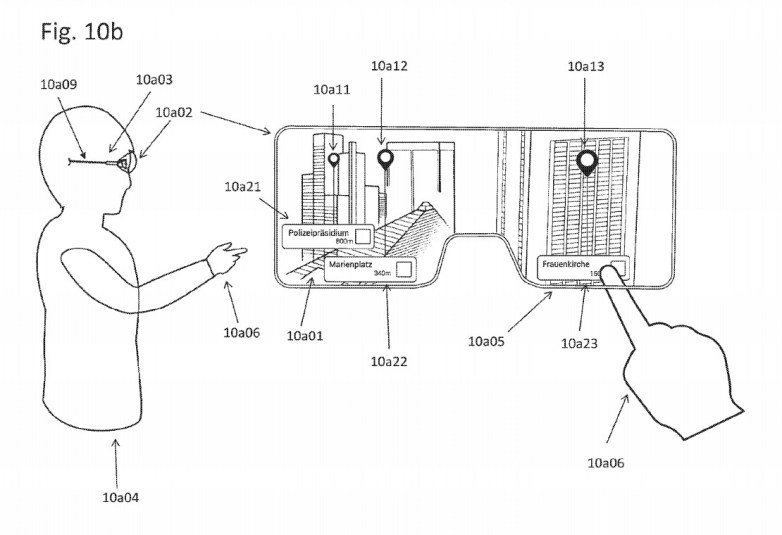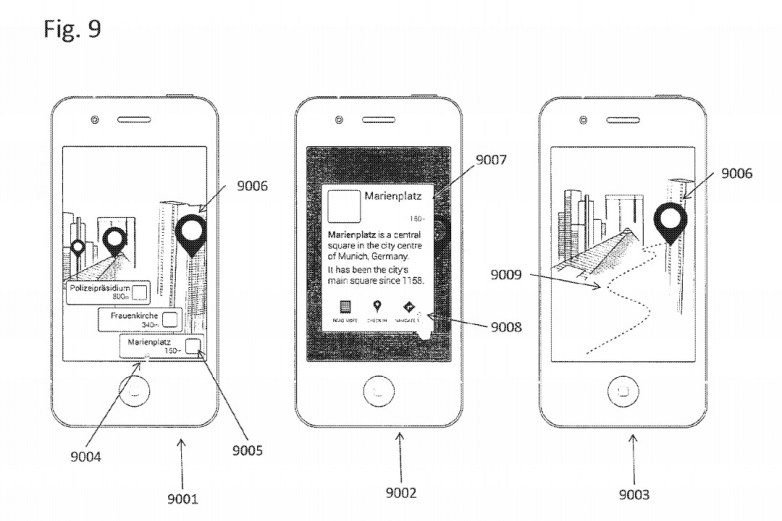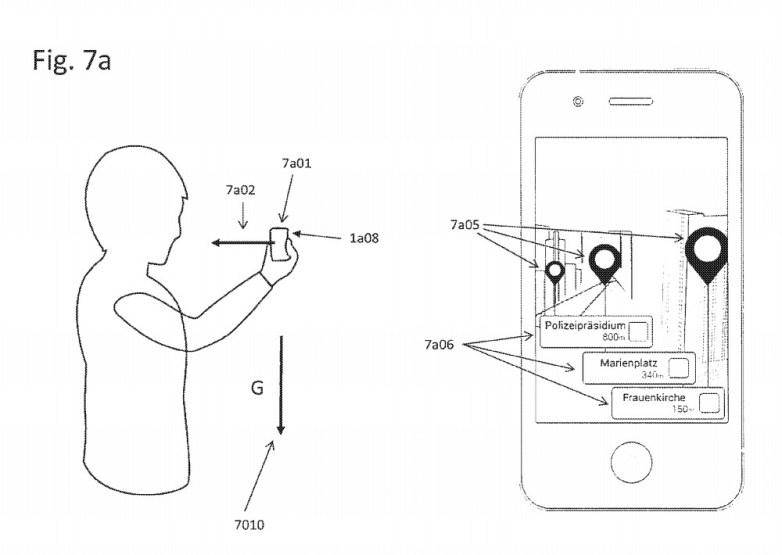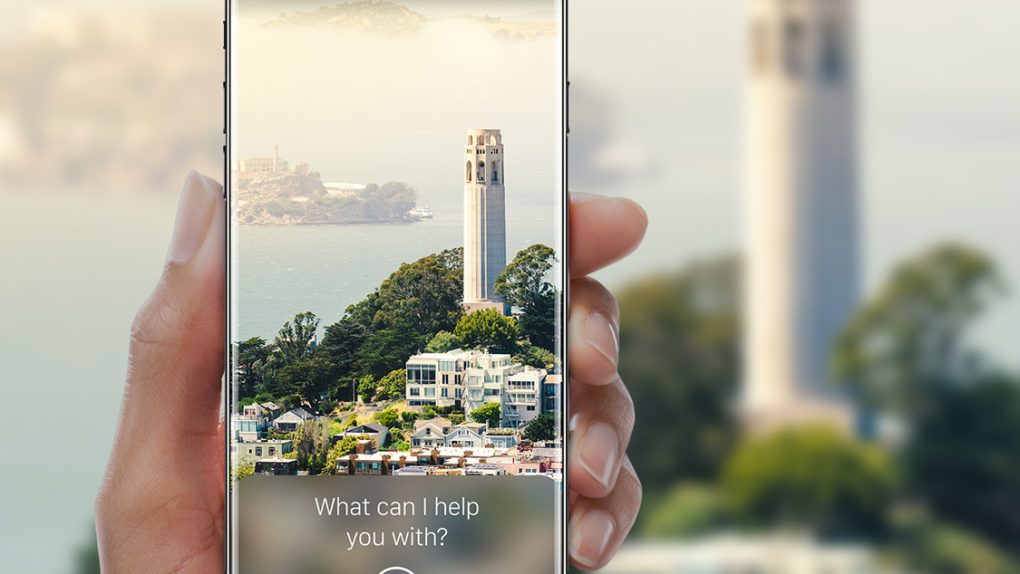The iPhone isn’t going to be here for ever, we often hear, as various companies are already working on products that will “kill” it. Virtual and augmented reality, as well as advanced voice recognition tech, are probably major ingredients for a product that could ultimately replace the smartphone, just like we told you. And Apple might be working on its own solution to “kill” the iPhone before any other companies have the chance.
The smartphone won’t completely disappear like it never existed. But it might evolve into an experience that doesn’t require us to remove a rectangle from our pockets or purses and stare at the display that we keep touching to achieve the desired result. Instead, the iPhone may be turned into a pocketable device that we don’t even have to touch most of the time, and which will connect to sophisticated glasses to create an AR universe that the user can interact with.

As you can see in the image above, Apple does have an iPhone experience like this in mind. A person wearing AR glass would be able to see digital content overlaid on real-life objects, and interact with it by using gestures like they do on a smartphone screen. However, the person wouldn’t touch a display. Instead, the AR glasses would pick up the movement with the help of a camera, and associate it with a touch/tap event.
The patent application, found by Apple Insider, does have a terribly boring name: Method for representing points of interest in a view of a real environment on a mobile device and mobile device therefor. It describes methods of placing digital information on top of real world objects. These features could be used in connection with navigation apps to highlight point of interest along the way that might be relevant to the user, for example. Such an AR app would work without specialized glasses, using only the iPhone’s display.

Like I said before, the presence of a computer in your pocket would still be required to project images in front of your eyes on a pair of AR glasses. The iPhone would make use of its internal components, including GPS, compass, and other sensors, to process location data, retrieve the information, and then display it on the glasses.
Apple’s patent also suggests that the AR glasses would not work without the presence of a device to connect to, at least initially. As technology evolves and components become smaller, it would not be unreasonable to assume they could fit inside an AR headset that would not need to be connected to a separate computer.
What’s also interesting about the patent is that it describes AR glasses technology that could be used to interact with all sorts of ARKit apps, including games, not just mapping applications.

Also of note is the fact that the patent application is actually an extension of an invention patented by German AR firm Metaio, which Apple acquired back in 2015.
Rumors recently noted that Apple is toying with the idea of making AR glasses of its own, although the company is yet to announce anything. As is always the case with patents, the technology described herein might never make it into commercial products. But these images already look like something you’d expect from ARKit apps this year.








